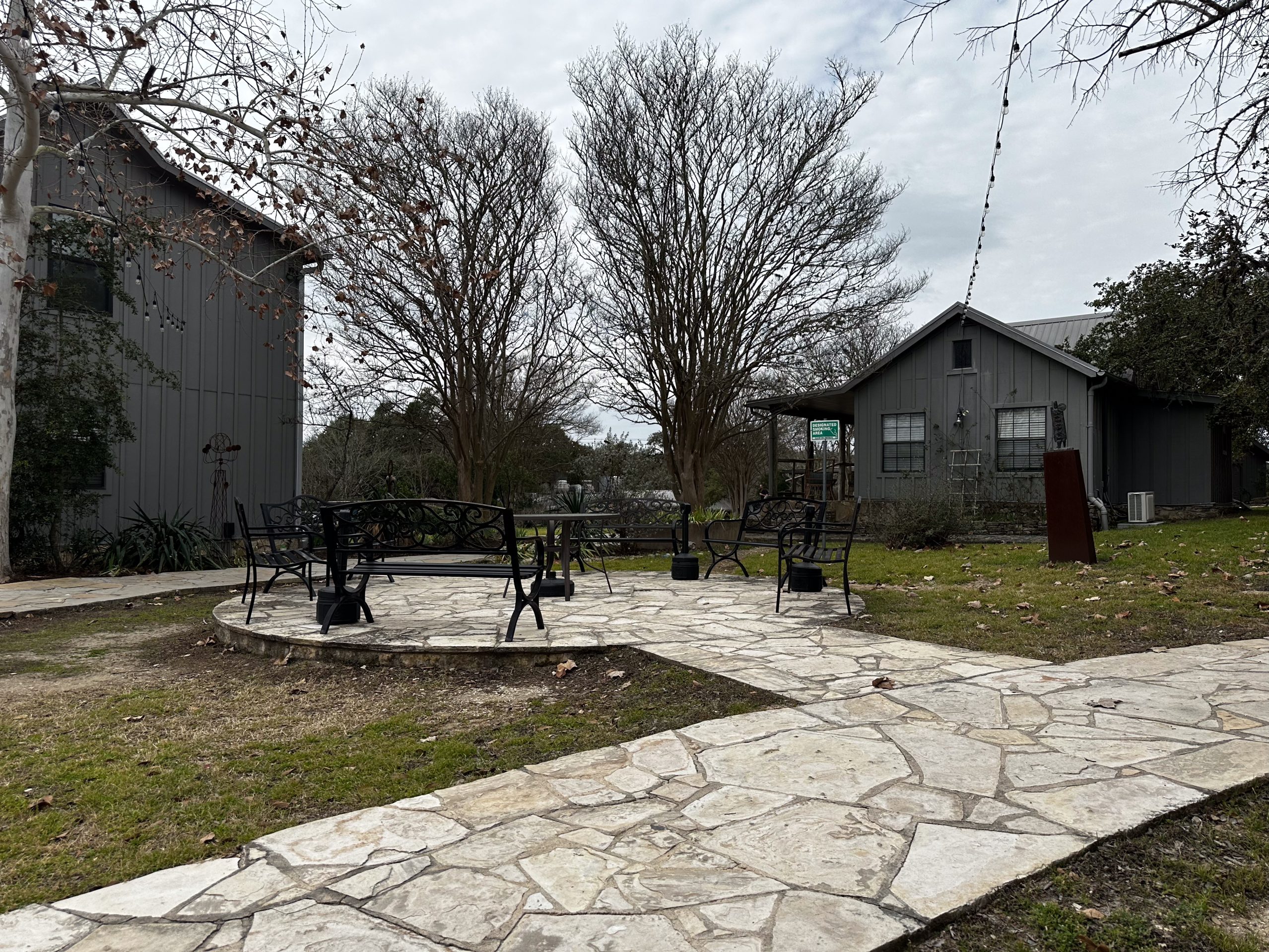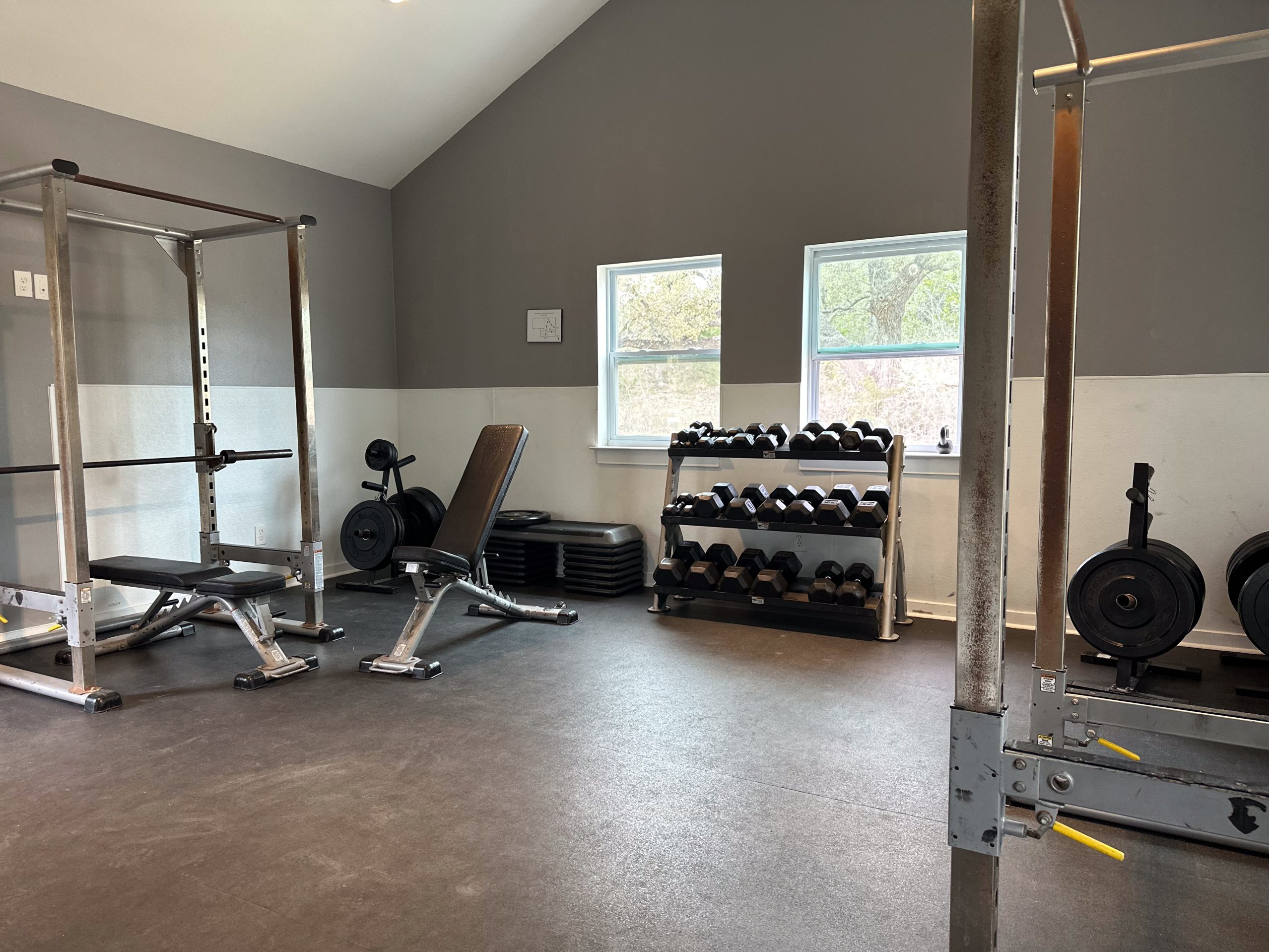Zolpidem Addiction: Detox, Withdrawal, and Treatment
GET HELP TODAY!
100% Confidentiality Guaranteed


At a Glance – Intermezzo (Zolpidem) Overview
What is Intermezzo? A sublingual zolpidem sleep aid designed for middle-of-the-night wake-ups, delivering fast relief if at least four hours remain before waking.
Abuse and Dependence: Although FDA-approved, prolonged or improper use can lead to physical dependence and addiction.
Withdrawal Timeline: Symptoms—from headaches and insomnia to panic attacks—typically appear within 24 hours, peak in 3–7 days, and may persist for weeks.
Safety Risks: Next-day impairment, “sleep-driving,” hallucinations, and allergic reactions like angioedema are serious concerns, especially when taken too close to waking or combined with other sedatives.
Treatment Overview: Medical detox, followed by individualized rehab (inpatient or outpatient), therapy (CBT included), and aftercare such as sober living or support groups, offers a structured path to recovery.
Table of Contents
What Is Intermezzo?
Intermezzo is a prescription sleep aid. It contains zolpidem tartrate, a sedative-hypnotic drug. This medication helps people fall back asleep if they wake up during the night. Intermezzo works by increasing GABA activity in the brain, which creates a calming effect.
Unlike many other sleep aids, Intermezzo dissolves under the tongue. It works quickly. However, it should only be taken if there are at least four hours left before waking. If used too close to morning, it can cause next-day drowsiness.
Doctors usually prescribe Intermezzo for short-term use. If someone takes it for too long or at a high dose, they may develop physical dependence. Over time, this can lead to zolpidem addiction.
Intermezzo was discontinued in the United States, but other forms of zolpidem—like Ambien—are still used to treat sleep problems.










Intermezzo vs. Ambien
Both Intermezzo and Ambien contain zolpidem tartrate. However, they are used differently. Intermezzo is a low-dose pill designed for middle-of-the-night wakeups. It dissolves under the tongue. Ambien is taken before bedtime and takes longer to work. It comes in a coated tablet form.
Discover More About Sedatives and Tranquilizers
Everything You Need to Know...
Slang for Zolpidem
Zolpidem-based drugs, including Intermezzo, may be referred to on the street as:
- Zombie pills
- A-minus
These terms highlight the drug’s powerful sedative effects.
How Common Is Zolpidem Addiction?
According to the National Survey on Drug Use and Health, about 6.4 million people aged 12 or older misused sedatives like zolpidem in 2018. This includes drugs like Intermezzo and Ambien. That’s roughly 2.4% of the U.S. population.
The National Institute on Drug Abuse warns that zolpidem is a Schedule IV drug. This means it has a lower abuse risk than opioids but can still cause addiction. Using zolpidem for longer than prescribed increases the risk. Combining it with alcohol or other prescription drugs can be especially dangerous.
Risk Factors and Warning Signs
People with the following risk factors may have a higher chance of becoming addicted:
- A history of drug abuse or alcohol use disorder
- A co-occurring mental health condition
- Sleep problems treated with other prescription medications
- Taking zolpidem at higher doses or more often than prescribed
Signs and Symptoms of Addiction
Some signs of zolpidem addiction include:
- Using it longer or more often than prescribed
- Needing higher doses for the same effect
- Feeling anxious without it
- Taking zolpidem without a prescription
- Faking symptoms or doctor shopping
- Mixing with other substances to increase its effect
Physical symptoms may include:
- Daytime sleepiness
- Poor coordination
- Memory lapses
- Slurred speech
Withdrawal Symptoms and Timeline
Stopping Intermezzo suddenly may cause withdrawal. These symptoms are a sign of physical dependence and may range from mild to severe withdrawal symptoms.
Common Withdrawal Symptoms
- Headaches
- Cramps (abdominal and muscle)
- Sweating and tremors
- Fatigue
- Insomnia or rebound sleep problems
- Panic attacks
- Lightheadedness
- Nausea or vomiting
These symptoms can be dangerous. That’s why experts recommend medical detox with supervision from healthcare professionals.
Intermezzo Withdrawal Timeline
The withdrawal timeline varies based on several factors, including the dosage, how long the drug was used, the person’s medical condition, and mental health status.
24 hours after the last dose
Mild withdrawal symptoms may appear, including confusion or headache.
1–2 days
People may experience rebound symptoms, such as severe insomnia.
3–7 days
Withdrawal symptoms usually peak. This may include panic attacks, sweating, convulsions, and muscle pain.
2–4 weeks
Many symptoms fade, but psychological symptoms may continue. Some people experience anxiety, depression, or trouble sleeping for several weeks or even months.
Because symptoms vary depending on the individual, it’s best to include medically monitored detox in your recovery plan.
What Is Medical Detox?
Medical detox is the first step in treating zolpidem addiction. It provides a safe, structured environment where patients can stop using Intermezzo while receiving medical care. Doctors monitor vital signs and provide medication to reduce symptoms.
Trying to quit cold turkey may feel like a quick solution, but it increases the risk of serious health problems. Detox in a clinical setting helps make the process safer and more comfortable.
More Time. More Joy. More You. Start Now.
WE ACCEPT MOST INSURANCES







Inpatient vs. Outpatient Drug Rehab
After detox, many people continue their addiction treatment in rehab. Two common types are inpatient drug rehab and outpatient drug rehab.
Inpatient Rehab
- Patients live on-site
- 24/7 access to medical professionals
- Structured daily schedule
- Group therapy, individual therapy, and family sessions
Outpatient Rehab
- Patients live at home or in sober living homes
- Attend group therapy several days a week
- Maintain personal responsibilities like work or school
- May include an intensive outpatient program for more support
A mental health professional can help you decide which level of care is best for your situation.
Treatment Options for Zolpidem Addiction
Effective addiction treatment should address physical symptoms, emotional health, and daily life challenges. A personalized treatment plan may include:
- Cognitive behavioral therapy (CBT) to identify and change harmful thought patterns
- Medication management for co-occurring mental health conditions
- Group and family therapy for emotional support
- Relapse prevention training
- Behavior therapies to support long term recovery
Most treatment centers also offer programs to improve physical activity, employment readiness, and healthy routines.
Long Term Recovery and Continued Care
Recovery doesn’t end with rehab. For many, continued care is critical.
Sober Living Homes
These programs offer a safe, drug-free place to live while working on recovery. Sober living homes are especially helpful after detox or rehab. They offer:
- Peer support
- Drug and alcohol testing
- Employment and volunteer help
- Safe housing for individuals recovering from addiction
These living spaces help bridge the gap between rehab and everyday life.
Aftercare Programs
Aftercare involves weekly meetings in a clinical setting. These meetings provide peer support and ongoing guidance. They are especially useful for those facing challenges like returning to work, rebuilding family relationships, or coping with stress.
Recovery is a journey, not a destination. A combination of sober living programs and aftercare can greatly reduce the risk of relapse.
Freedom Starts Here. Take Back Your Life Today.
Same-Day Admissions in Austin Available.
Paying for Treatment
Many people worry about the cost of treatment. Fortunately, there are many ways to cover expenses:
- Health insurance plans
- Employee Assistance Programs (EAP)
- Personal loans from family members
- Healthcare credit cards
- Scholarships and grants
Most rehab centers can help you explore financing options and find a treatment plan that fits your budget.
Take the First Step
If you or a loved one is struggling with zolpidem addiction, help is available. Treatment is not just about quitting a drug—it’s about learning how to live a healthier, more balanced life. With the right support, long term recovery is possible.
There are a wide range of programs available, from medical detox to inpatient rehab to outpatient care. You don’t have to face addiction alone. Let trained professionals help you create a safe and sustainable path to freedom.
Intermezzo Addiction, Withdrawal, and Treatment FAQs
What is Intermezzo drug?
Intermezzo is a sublingual form of zolpidem tartrate, commonly prescribed as a sleep aid for people who wake up during the night. It is designed for quick relief when at least four hours of sleep remain.
Is Intermezzo the same as Ambien?
Both Intermezzo and Ambien contain zolpidem tartrate, but Intermezzo is formulated specifically for middle-of-the-night use, while Ambien is intended for bedtime dosing.
Is Intermezzo discontinued?
Intermezzo is not as widely prescribed today and has faced limited availability. However, patients should consult a healthcare provider for current prescription options and safe alternatives.
What does Intermezzo do?
Intermezzo works by slowing brain activity to help patients fall back asleep after waking during the night. It belongs to a class of sedative-hypnotic medications known as “Z-drugs.”
What are some examples of Intermezzo?
Examples include brand-name Intermezzo sublingual tablets as well as generic zolpidem tartrate alternatives, which are sometimes prescribed in similar sleep-interruption cases.
What is the most common side effect of zolpidem?
The most common side effects of zolpidem include drowsiness, dizziness, headaches, and confusion. Some users may also experience unusual behaviors such as “sleep-driving” or memory problems.
What are four of the withdrawal symptoms?
Common withdrawal symptoms from Intermezzo and other zolpidem products include insomnia, anxiety, restlessness, and headaches. In more severe cases, nausea or panic attacks may also occur.

